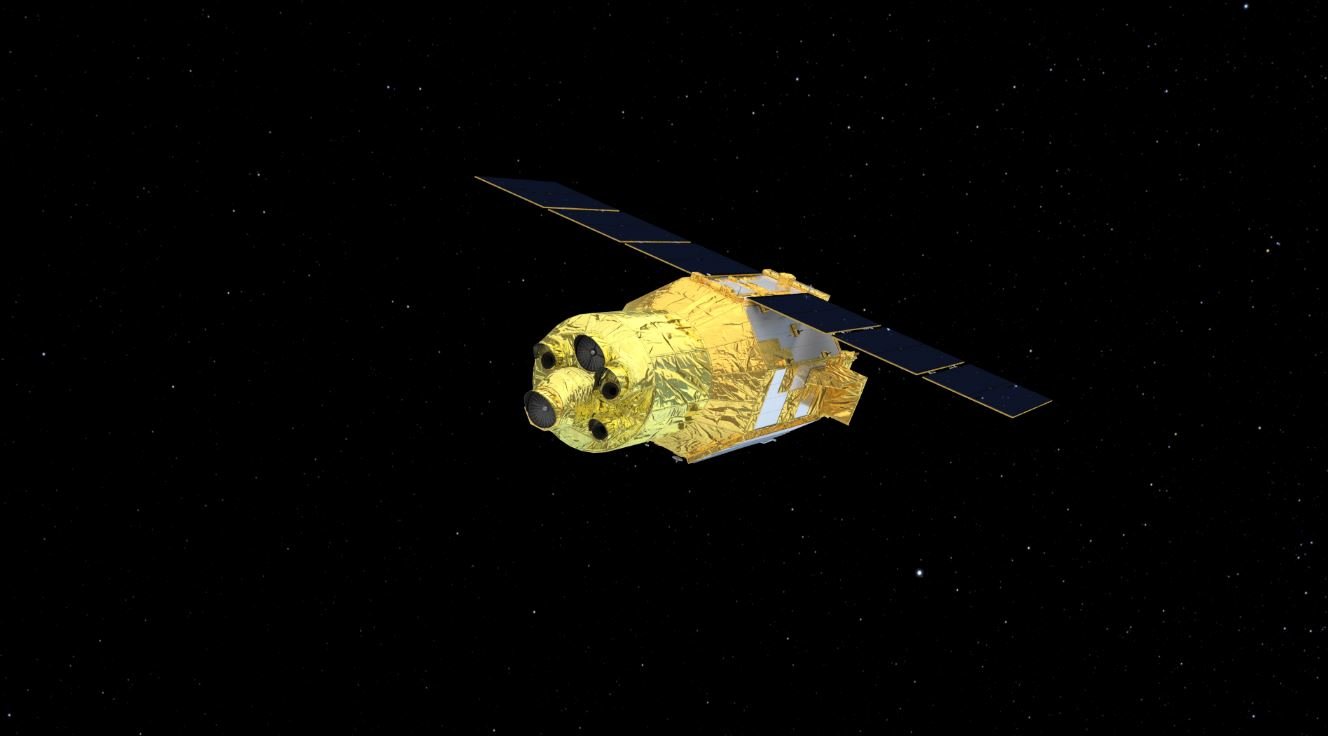The US National Aeronautics and Space Administration (NASA) announced that it has formed a partnership with the Japan Aerospace Exploration Agency (JAXA) to send a new mission into space. Named XRISM (X-ray Imaging and Spectroscopy Mission), the purpose of the mission will be to observe and collect ‘energy mysteries’ data scattered throughout the universe.
Space agency announced The XRISM satellite is scheduled to launch on August 25, 2023., from Tanegashima Space Center, Japan. One of the satellite’s main instruments is called Resolve, an x-ray microcalorimetry spectrometer developed in collaboration between NASA and JAXA scientists.
Solve measures small temperature changes when an x-ray is detected. Also, to understand the energy of the x-ray, the detector will perform a mechanical cooling process that goes through several stages, using liquid helium fuel to cool the equipment down to minus 270 degrees.
“Resolve will give us new insights into some of the most energetic objects in the universe, including black holes, galaxy clusters, and the aftermath of star explosions. “Using the data the mission collected after launch, we will learn more about how they behave and what they do,” said XRISM principal investigator Richard Kelley.
NASA, JAXA and X-Ray
From the collected x-rays, Resolve can measure high-resolution spectra of a cosmic object with energies ranging from 400 to 12,000 electron volts – by comparison, visible light energies typically range from 2 to 3 electron volts. The data could help unravel the mysteries of black holes, supernovae, galaxy clusters, among other cosmic events that emit massive amounts of energy..
#OTD in 2005 @JAXA_enSuzaku satellite with X-ray technology developed in Turkey was launched. @NASA as part of an ongoing collaboration between the two space agencies. Here are some of the biggest hits of 10 years where Suzaku explores the hotspots of the universe: https://t.co/mbokFnIZVD pic.twitter.com/1zU9T0O5b7
— NASA Universe (@NASAUniverse) 10 July 2023
Xtend is another tool that will increase XRISM’s x-ray detection power and observe an area approximately 60% larger than the average size of the full moon. Both devices were made with two sets of x-ray mirrors developed at the Goddard Space Flight Center in the United States.
The satellite will measure the chemical composition of cosmic objects with both instruments and produce high-resolution observations. The mission collaborates with the European Space Agency (ESA) and the Canadian Space Agency (CSA), in addition to NASA and JAXA.
“The spectra collected by XRISM will be the most detailed spectra we have ever seen for some of the phenomena we will observe. The mission will provide insights into some of the most difficult places to study, such as the interior structures of neutron stars and jets of near-light particles powered by black holes in active galaxies,” he said.
Did you like the content? So keep up with more NASA news on TecMundo.
Source: Tec Mundo
I’m Blaine Morgan, an experienced journalist and writer with over 8 years of experience in the tech industry. My expertise lies in writing about technology news and trends, covering everything from cutting-edge gadgets to emerging software developments. I’ve written for several leading publications including Gadget Onus where I am an author.












